You’ve probably heard it a million times in the last month — these are unprecedented times. Whether you call it a quarantine, or just another day in your chill homebody life, our world has changed drastically for the unforeseen future thanks to the coronavirus. Sure, it’s daunting, but we got this. Self-care, isolation and the knowledge that we are loved by family and friends will get us through it. But there are still a lot of hours in a day and we’ve got to keep ourselves occupied. Home entertainment has probably never been this essential. Thank God this isn’t the ’80s, right? We don’t have to watch the same 13 channels on a crappy box and sit through a barrage of bad local commercials. It’s the 21st century and we can watch almost anything with the simple click of a button. Armed with this remarkable technology, we’re ready to battle the spread of coronavirus by staying home. And we will win… with the help of movies.
Since the news hit, the virus has invaded our stratosphere like a flaming asteroid in a bad Michael Bay movie. You’ve probably already checked out a few lists of films relating to horrific viruses and the like. Movies like Contagion or Outbreak seem to be at the top of everyone’s radar since they are literally about the spread of a deadly disease. Or maybe you pulled out that old DVD copy of 28 Days Later, in which the afflicted foam at the mouth and run around deserted cityscapes like zombies on acid. Those are great, and we recommend them as films, but allow us to suggest some equally deserving but less obvious viewing options. Instead of going straight to “disease” movies, try some films that also speak to the undercurrent of emotions we’re all feeling right now — reactions to isolation and resisting a world that is changing before our eyes, life after the apocalypse, light fare like that. You can stream a few of these babies for free on your favorite streaming service while some of them are rentable for a few bucks. Go ahead, rent them — you’re not going to any fancy restaurants or big concerts anytime soon.
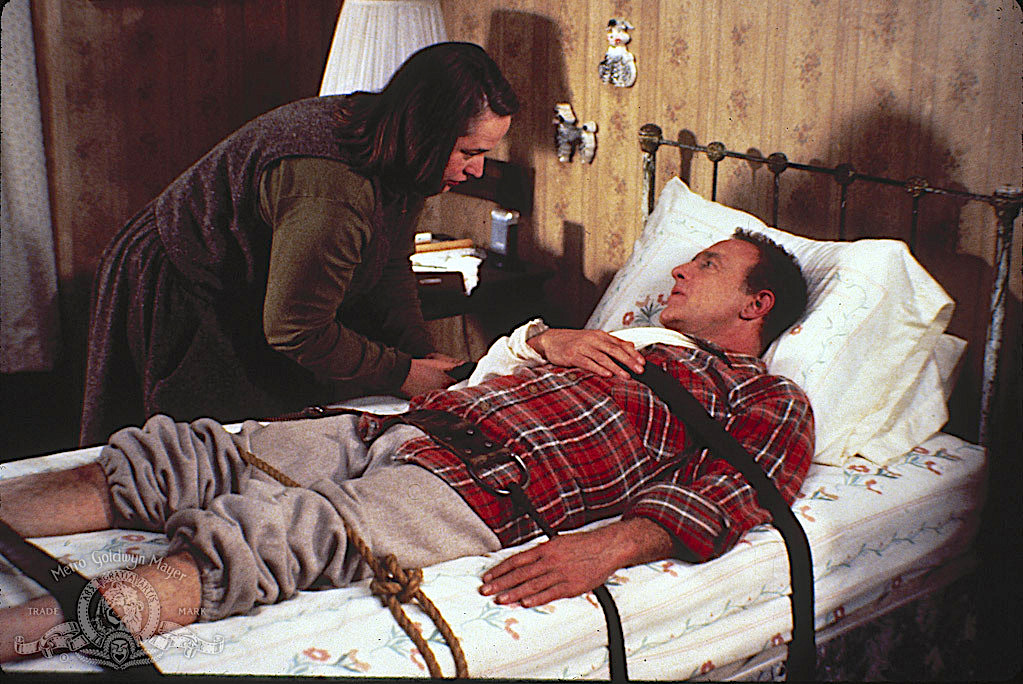
Misery (Columbia Pictures)
10. Misery
Imagine being plucked out of your day-to-day existence, stripped of your security, and being trapped in a house for an indeterminate amount of time. Can you imagine such a scenario?? Misery, Rob Reiner’s brilliant adaptation of the Stephen King thriller redefines the word, “sequestered.” After psychotic nurse Annie Wilkes (Kathy Bates in an Academy Award-winning performance) pulls her favorite romance novelist, Paul Sheldon (James Caan) from a car wreck, he is not only forced to write another novel for his captor, but is subjected to every kind of abuse you could imagine. Although Misery mostly takes place in one house, it’s a cinematic journey. It’s also a strangely gleeful experience as it reminds us that though we’re relegated to our homes right now, at least there’s not a crazy lady watching over us with a sledgehammer.
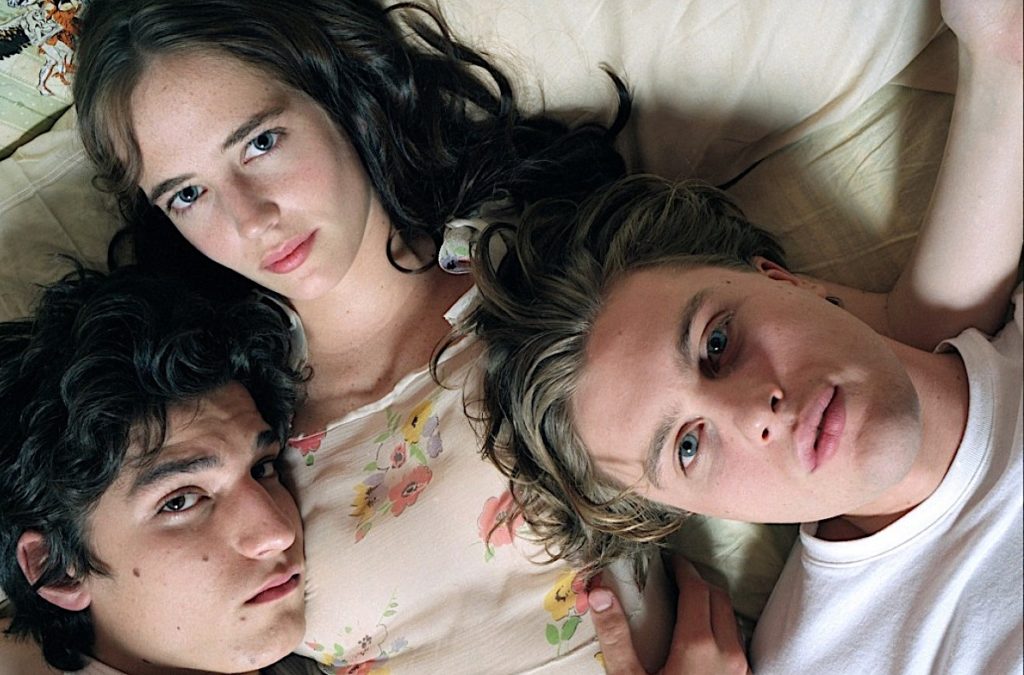
The Dreamers (Fox Searchlight)
9. The Dreamers
It’s 1968 in Paris. The city feels combustible, ready to crack due to a social and political shift in the air. The three characters that inhabit 2003’s The Dreamers include Matthew (Michael Pitt), an American student studying abroad, Isabelle (Eva Green) and her twin brother Theo (Louis Garrel). After meeting Matthew at the cinematheque, the twins invite him back to their apartment, where their parents have gone on a month-long vacation. For the remainder of the film, the three students insulate themselves in the loft where they exchange ideas, explore sexual mores and reenact their favorite scenes from their favorite films. Director Bernardo Bertolluci’s love letter to movies, revolution and ideas reminds us that sometimes it’s necessary to cut ourselves off from the world in order to know our own importance. The Dreamers is a daring film that never compromises (it’s rated NC-17). As our protagonists come perilously close to overstepping the bounds of their own sanity, a brick is thrown through their window from rioters outside, pulling them back into reality. This film reminds us that isolation is not all gloom and doom, and that it’s possible to create a space where we can understand our role in a world that is constantly fluctuating.
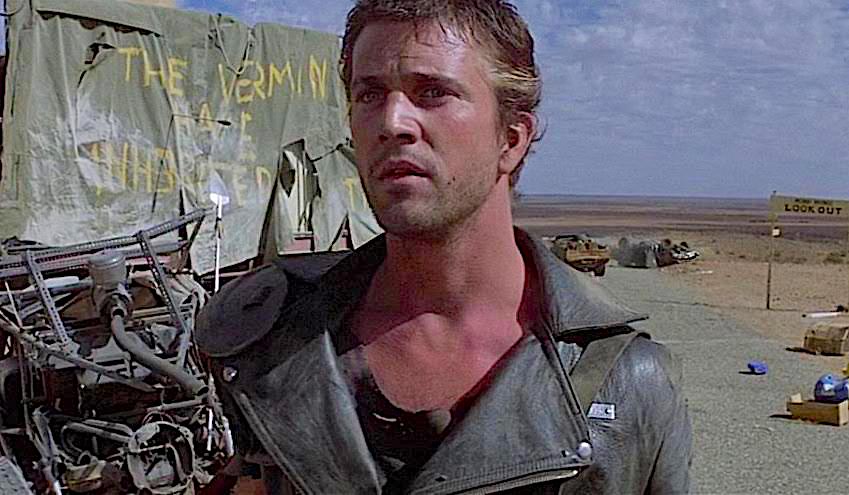
The Road Warrior (Warner Bros.)
8. Mad Max 2: The Road Warrior
If you think it’s tough to get a roll of toilet paper at the supermarket, try going to war with a bunch of leather-clad, punk-rock psychos in the vast deserts of the Outback for a simple gallon of gas. Mad Max 2: The Road Warrior, George Miller’s second (and best) chapter in the Mad Max series, amps up the action and violence in a post-nuclear war future where everyone is desperate for fuel. Mel Gibson is at his baby-faced best as Max, an anti-hero with a muscle car and a mutt, as he helps a clan of citizens protect their cargo of gasoline from a group of marauding bandits, all of whom look as if they fell out of an S&M club or a Gwar concert. Take heed, and please don’t hoard at the market, or one day we’ll all be speeding down empty highways, shooting each other with crossbows and sawed-off shotguns for a pack of Charmin.
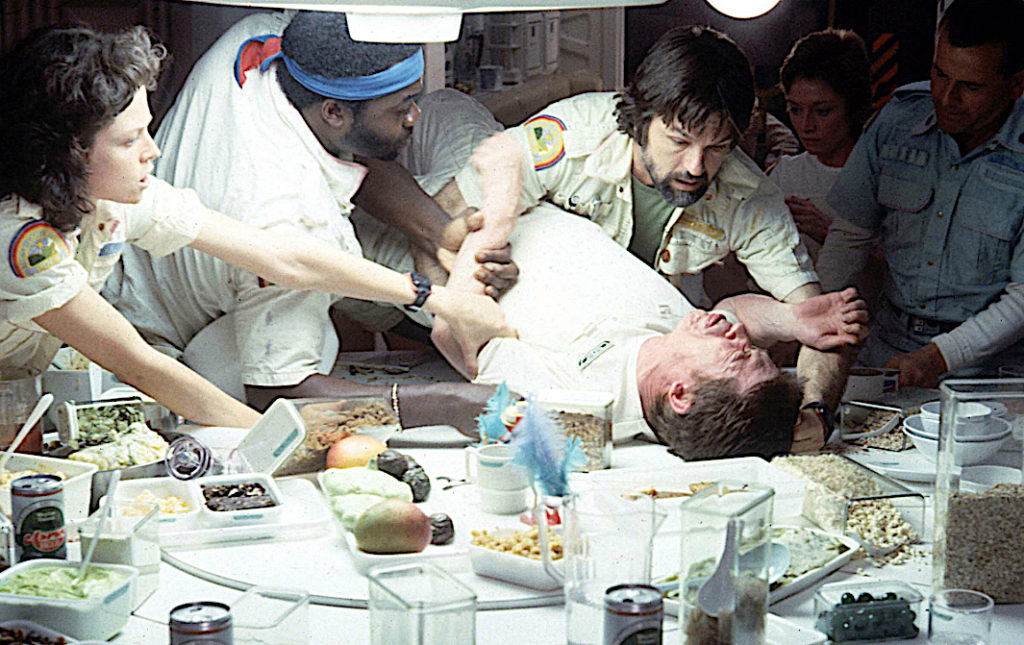
Alien (20th Century Fox)
7. Alien
When Alien was unleashed on the world in 1979, it turned science fiction on its interstellar head. What was once a genre focused on intergalactic discovery suddenly became a subgenre of horror regarding infection and exotic ecology. So, why include a classic monster movie on this list? Simple — Alien is both about the effects of isolation (being lost in space) and infection (the alien itself). The crew of vessel spacecraft Nostromo, featuring stellar actors like Tom Skerritt, Yaphet Kotto and Harry Dean Stanton, have unintentionally brought a foreign organism onto their ship. Soon, the tiny organism, aka “chestburster” grows into a malicious entity with thick arachnid-like limbs, a dagger-esque tail and a second set of sharp teeth. The creature soon punctures and ingests each crew member until the breathtaking showdown with a truly bad-ass Ellen Ripley (Sigourney Weaver). With an intricate and dreamlike set design by artist HR Giger and director Ridley Scott’s methodical, stifling tone, Alien will remind us why we’re staying indoors in the first place. Oh, and like Ripley running down corridors with a flamethrower and a pet carrier, keep your kitty close!
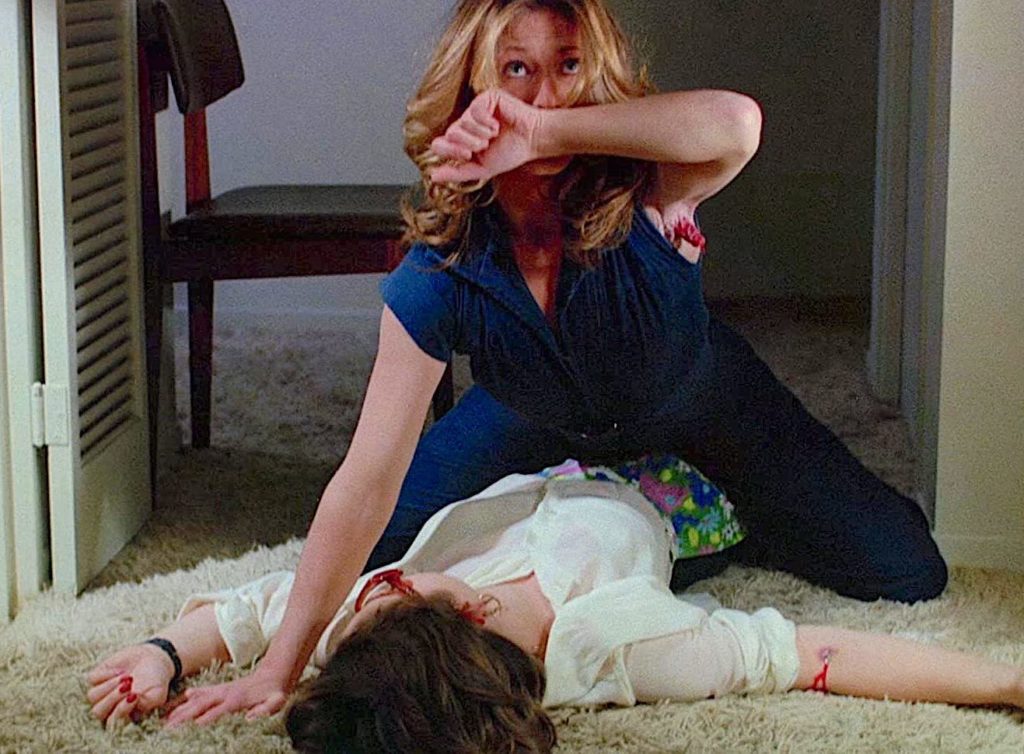
Rabid (New World Pictures)
6. Rabid
David Cronenberg’s 1977 Rabid — his fourth outing as one of the most highbrow horror directors in the genre — is a curious dive into the spread of a deadly epidemic. After Rose (porn star Marilyn Chambers) gets into a motorcycle accident with her boyfriend, she is treated by Dr Dan Keloid (Howard Ryshpan), a plastic surgeon experimenting with innovative forms of grafting. Keloid administers Rose with a bizarre new skin graft that turns out to be deadly and ravenous towards others. This embryonic graft resides in Rose’s armpit like a tiny phallus which peeks its head out and punctures its victims. Soon, Rose is walking the streets of Montreal, taking home strange men, piercing them, then sucking their blood like a vampire. Her thirst for blood becomes compulsive like a junkie’s. The bigger problem is before dying, her victims attack their fellow citizens with froth spilling from their mouths, spreading the disease throughout the city. It might sound like familiar territory, but with Cronenberg’s subtle, pragmatic approach, the rise of the infected feels all too real.
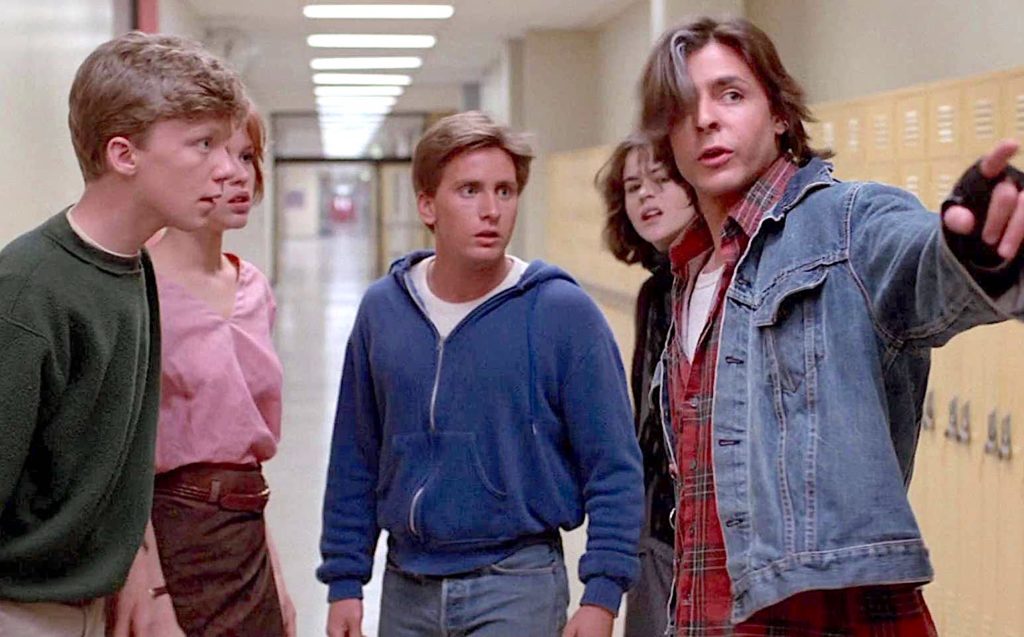
The Breakfast Club (Universal Pictures)
5. The Breakfast Club
What do ya say we lighten things up a little? We can almost hear your sigh of relief. Only John Hughes, a filmmaker who singularly validated teen angst, could toss a criminal (Judd Nelson), a princess (Molly Ringwald), a basket case (Ally Sheedy), a brain (Anthony Michael Hall) and an athlete (Emilio Estevez) into a blender and concoct something so timeless and magical. Relegated to a full day of detention in their high school library, these miscreants, who wouldn’t even glance at each other on a typical day, are not only forced to spend eight hours together, but somehow learn to empathize with their differences. Sounds a bit on the gushy side? Not a bit. In fact, John Hughes makes it look effortless to balance edgy humor, heavy drama and even a dash of music video in the same narrative. Since we’re stuck indoors like these brats, we might as well relive this ’80s classic and take inspiration to love our differences like they do. After all, as Nelson’s John Bender says: “There’s nothing to do when you’re locked in a vacancy.”
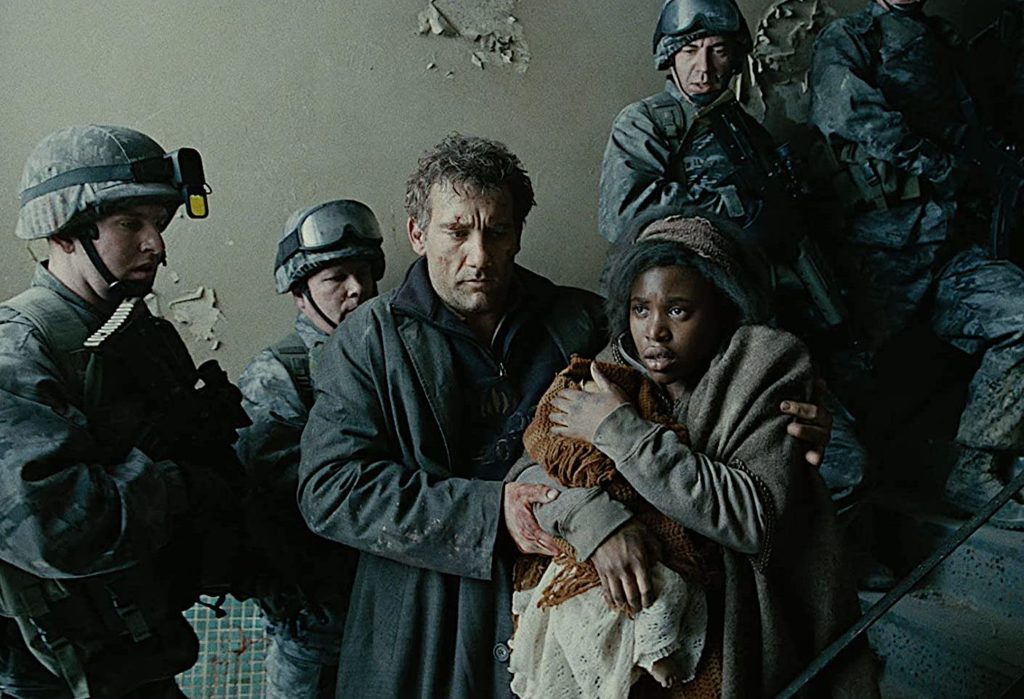
Children of Men (Universal Pictures)
4. Children of Men
You’ve got to hand it to the Brits, they’ve been through this kind of shelter-at-home crap before. Think of the Blitz in 1941, when the Nazis bombed London and its citizens had to hide underground with hardly any food or water for nearly a year. The post-traumatic effects of this extreme panic and isolation can be seen in post-WWII novels like Lord of the Flies, 1984 and Brave New World; books about a world gone mad due to mass hysteria. You can hear it in later generations’ music. When bands like Joy Division scream about an “Interzone,” they’re not kidding. Now, take Alfonso Cuaron’s 2006 adaptation of British writer PD James’ Children of Men. It’s 2027, women have mysteriously become infertile and the government reacts with an oppressive new regime. It’s up to former activist Clive Owen to help a group of rebels transport the last pregnant woman on earth to refuge, and hopefully, life will continue. Cuaron’s vision of social catastrophe is bleak but laced with humor and honesty. Owen is amazing as a man who’s been numb to his surroundings, but finally heeds the call to do the right thing. Children of Men is great reminder of the humanity we need to excavate during tough times.
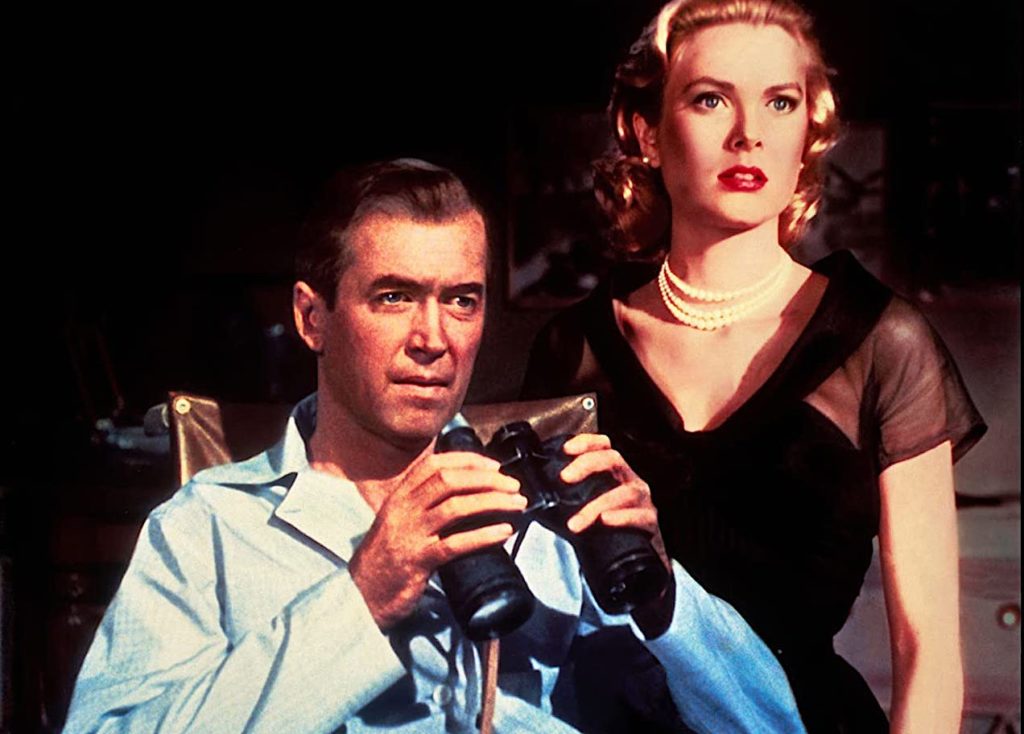
Rear Window (Paramount Pictures)
3. Rear Window
So what can you do while being holed up in your apartment for an indeterminant amount of time? Obviously, you can watch television and read books, but really, isn’t it more exciting to spy on your neighbors? Alfred Hitchcock’s fascination with themes like paranoia, voyeurism and self-doubt reached its apex in 1954’s Rear Window. Confined to his apartment with a broken leg, professional photographer L.B. “Jeff” Jefferies (James Stewart) passes his time by peeking into neighboring apartments with a pair of binoculars. Stewart quickly falls down the rabbit hole of his own making when he spies on Lars Thorwald (Raymond Burr), who he suspects killed his wife. His girlfriend (Grace Kelly) is concerned about his well-being and soon, Stewart’s curiosity turns into a destructive obsession. The takeaway right now: Stick to the reading and TV viewing, and don’t spy on your neighbors.
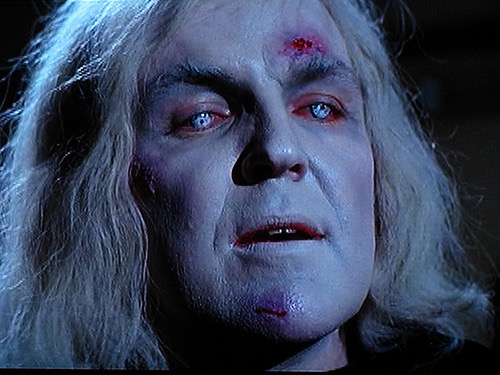
THE OMEGA MAN (Warner Bros.)
2. The Omega Man
Sometimes the ’70s version of the apocalypse is a little on the sunnier side, and that’s certainly welcome right now. In 1971’s The Omega Man, Charlton Heston plays Robert Neville, purportedly the last man on Earth who not only survived a biological attack and mass pandemic but who also continues working on a vaccine. Meanwhile a population of mutants donning bleached faces and monk-like robes run rampant through the empty streets of Los Angeles looking to destroy the last vestige of life (Heston — the man who once played Moses). Based on Richard Matheson’s famed novella I Am Legend, The Omega Man is a cool retro, psychedelic voyage into sci-fi, but also an eerie, grotesque vision of life after doomsday.
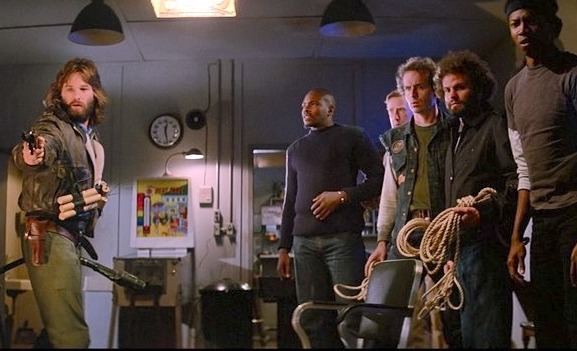
THE THING (Universal Pictures)
1. The Thing
If any film could be a gore-spewing parable for the underlying paranoia caused by a deadly virus, it’s John Carpenter’s The Thing. Kurt Russell is masculinity incarnate as the head of a station of scientists in the Antarctic fighting to stay alive while a parasitic alien ingests each inhabitant, replicating their biological makeup. Carpenter pulls away from exploring the vagaries of each character simply because they could be replicated at any moment and he wants to keep us guessing. Rob Bottin’s visual effects (a stomach with teeth, a severed head scurrying across the floor like a spider) are so textured, you wonder why CGI became popular at all. Soon, each inhabitant of the station is staring at their best friend, wondering, are you infected? The Thing is the reason we’re not going into the office right now.
Honorable Mentions:
The Crazies (1973, 2010), Invasion of the Body Snatchers (1956, 1978), Dawn of the Dead (1978, 2004), The Adromeda Strain, Shaun of the Dead, The Shining, 12 Monkeys.
Advertising disclosure: We may receive compensation for some of the links in our stories. Thank you for supporting Irvine Weekly and our advertisers.

